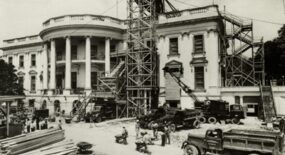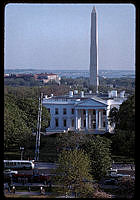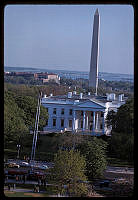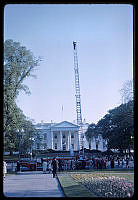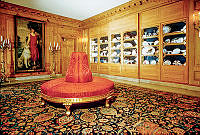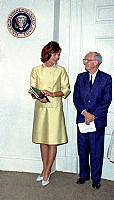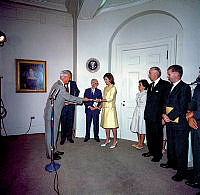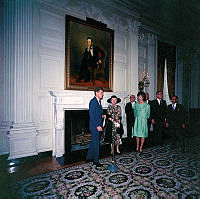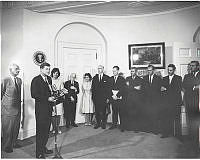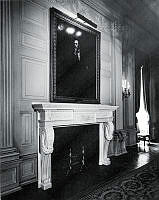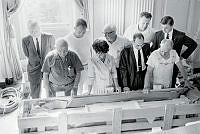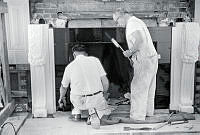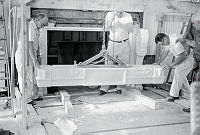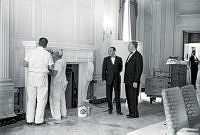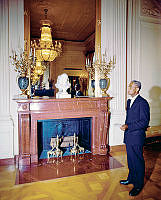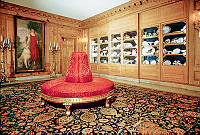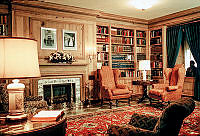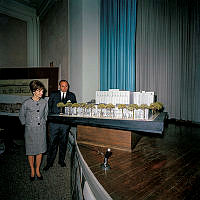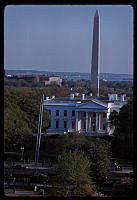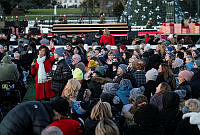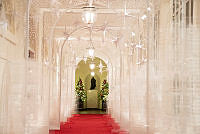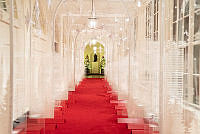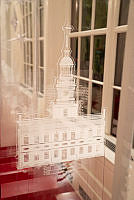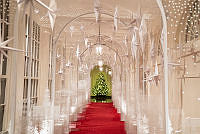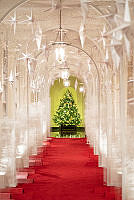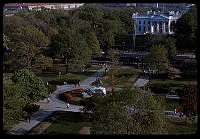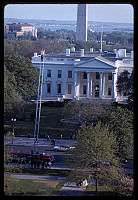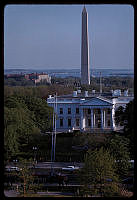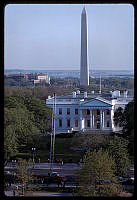James Hoban's White House Reconstruction
Copyright © White House Historical Association. All rights reserved under international copyright conventions. No part of this article may be reproduced or utilized in any form or by any means, electronic or mechanical, including photocopying, recording, or by any information storage and retrieval system, without permission in writing from the publisher. Requests for reprint permissions should be addressed to books@whha.org
Considering that it had initially taken nearly ten years to build the White House, it was remarkable that James Hoban was able to direct a reconstruction of the house (after the British torched the house in 1814) in slightly less than three years. This was possible in part because some of the stone walls could be reused, but the main reason was that Hoban altered the structural scheme of the house by substituting timber for brick in some of the interior partitions. The shortcut saved time, but produced a weaker structure than the one George Washington watched over in the 1790s. The ill effects of this decision would cause the virtual demolition and rebuilding of the White House some 130 years later in 1948-1952. External forces also contributed to the hasty rise of the President's House: innovation, business prosperity, and the success of manufacturing in the United States. In the invoices of the 1790s, the names of individual craftsmen and tradesmen abound, but in the reconstruction records after 1814 were bills from manufacturers, merchants, suppliers, contractors and other businessmen predominate.

Demolition work in the entrance hall in 1950 exposed Hoban’s plaster cornice.





